American cuisine has been inspired and influenced by several countries and cultures, yet it retains its own unique flavors. While foreigners adore many all-American foods (clam chowder and chocolate chip cookies, for example), several dishes and snacks don’t translate well! Here are 18 foods from the U.S. that outsiders find disgusting for a number of reasons.
Deep-fried Oreos

Culinary Hill attributes this extra sweet and oily treat to 16-year-old Charles Boghosian from L.A. He debuted Deep Fried Oreos at the L.A. County Fair in 2001, and they took America by storm. The famous black cookies are dipped in batter before being fried in hot oil, resulting in a sugary, greasy dessert that many foreigners find too rich and unnecessarily calorific.
Chitterlings
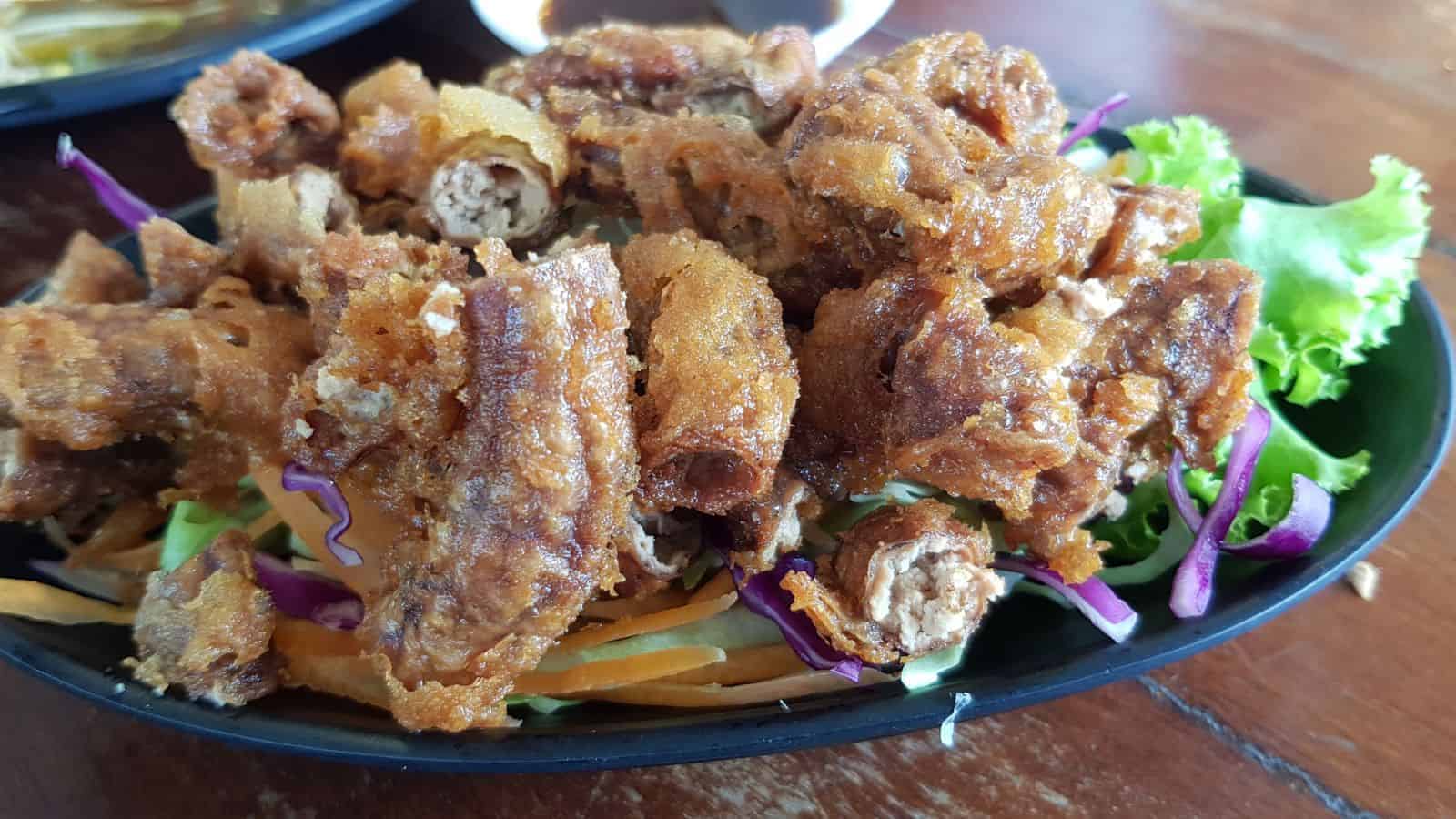
This dish will not be a hit with vegetarians or, frankly, anyone who isn’t a fan of offal! Chitterlings are made from boiled pig intestines, and the fresh guts must be meticulously cleaned before being used to remove unpleasant odors or flavors. They’re most popular in the southern states, yet many people living elsewhere (even in North America) won’t try them!
Funnel Cake
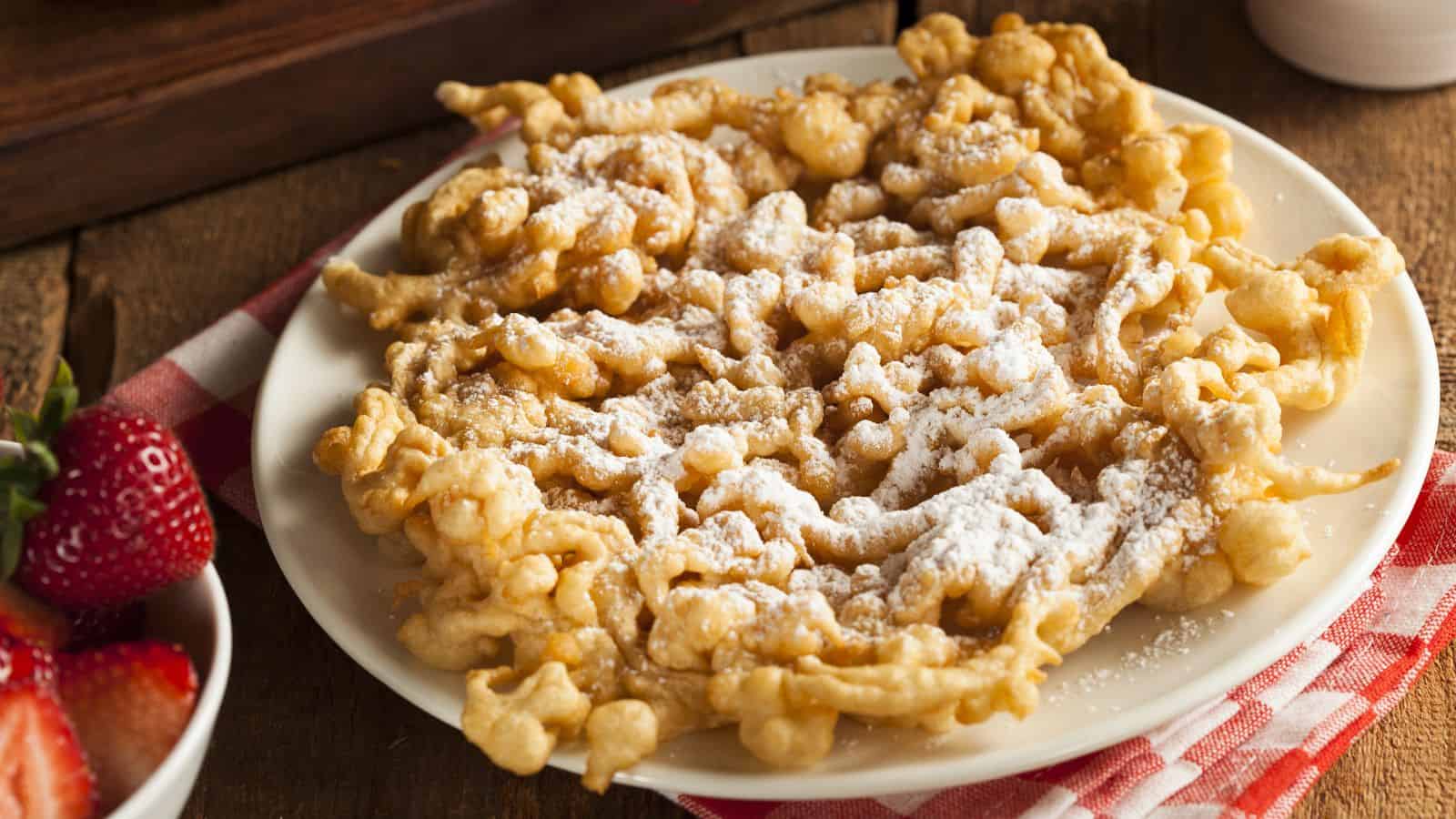
State fairs regularly offer heavily battered, fried, or sugared foods; funnel cake is a prime example of all three! The pastry batter is funneled into hot oil and deep-fried into a ‘cake’ before being liberally dusted with powdered sugar and other sweet toppings like chocolate sauce and marshmallows. Most non-Americans find the intense fat and sugar content too rich.
Rocky Mountain Oysters

Despite the name, these Rocky Mountain delicacies have nothing to do with oysters or shellfish. They are actually made from breaded and fried bull testicles, a popular but controversial treat in the American West. The idea of consuming animal offal is often met with disgust, and reproductive organs are even more off-putting, both for foreign visitors and non-local Americans.
Peanut Butter and Jelly Sandwich
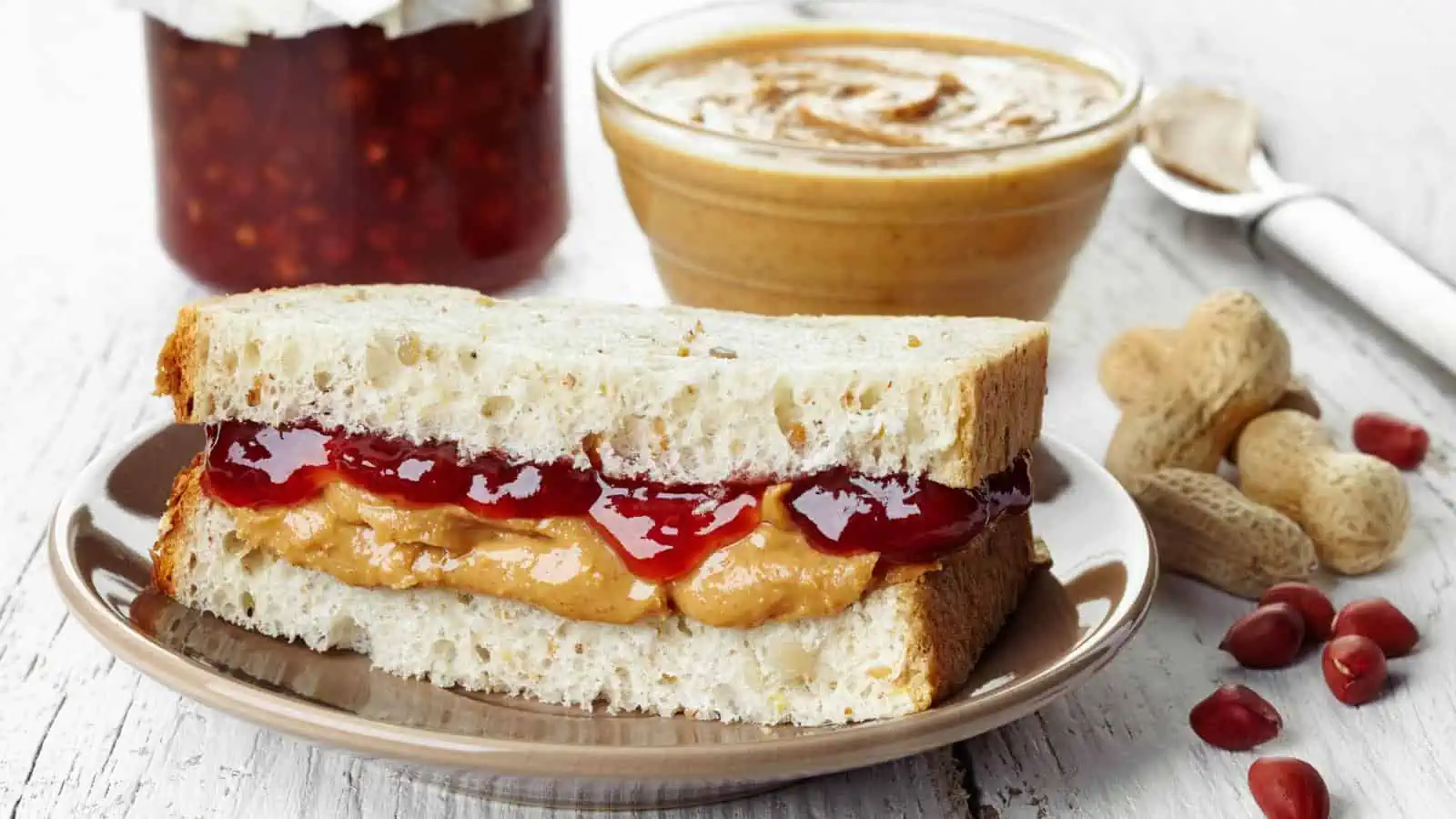
Around the 1880s–1920s, the three main components of a PBJ became increasingly available and popular—sliced white bread, sweet fruit jelly, and creamy peanut butter, as per the National Peanut Board. All of these ingredients are popular worldwide, but not all foreigners approve of the combination, calling the classic U.S. lunchbox snack overly sweet and cloying.
Grits

This southern breakfast porridge is made from boiled ground corn kernels, known as corn grits, and has a texture that can be described as mushy and bland. Although many people in the South have a packet of grits in their kitchen (especially older folks), this corn porridge has not made the leap into international cuisine or even onto northern American menus.
Deep-fried Butter
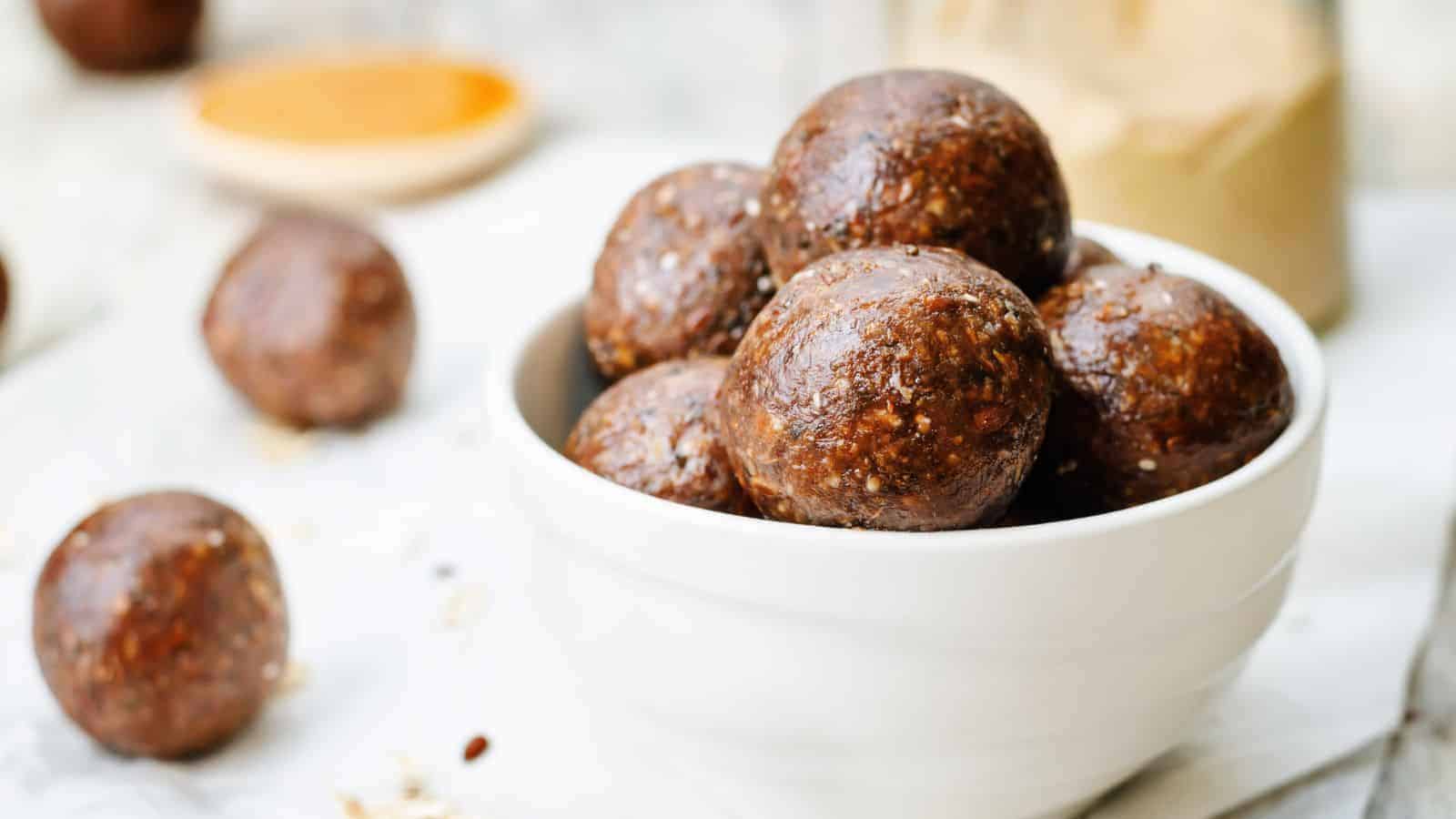
Once again, state fairs have to go the extra mile when it comes to calories! This decadent carnival treat takes a stick of butter, coats it in batter, and deep-fries it—as if butter isn’t fattening enough on its own. The resultant snack has a crispy, greasy exterior surrounding a warm, molten center of pure butter. Unsurprisingly, many visitors want something lighter and healthier.
Pork Rinds
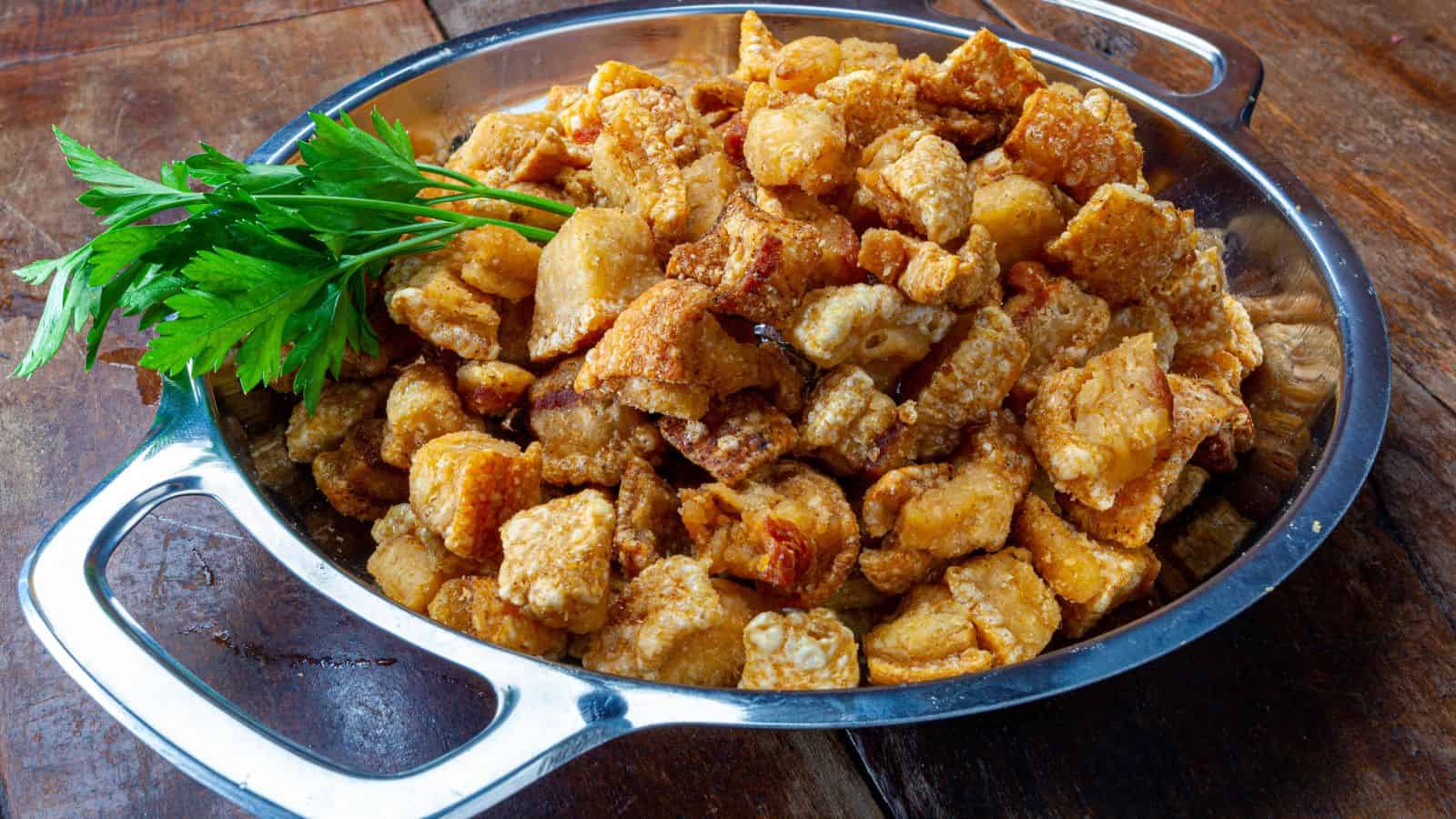
These heavily salted snacks are made from deep-fried pig skin. They have a robust and meaty flavor and a texture that ranges from crunchy to chewy, depending on the size of the rind. It’s not unusual to find fine hairs on the outside, which can be an off-putting reminder of the snack. Even foreigners who are comfortable eating skin can be put off by heavy frying and salting.
Chocolate-covered Bacon

Mixing sweet and salty flavors is prevalent in American cuisine. This dish takes salty, meaty bacon and dips it in melted dark or milk chocolate—the hardened coating is sometimes sprinkled with chopped nuts or salt. Many tourists find the very idea of the dish unappealing and question the addition of rich chocolate to the already fatty bacon.
Candy Corn
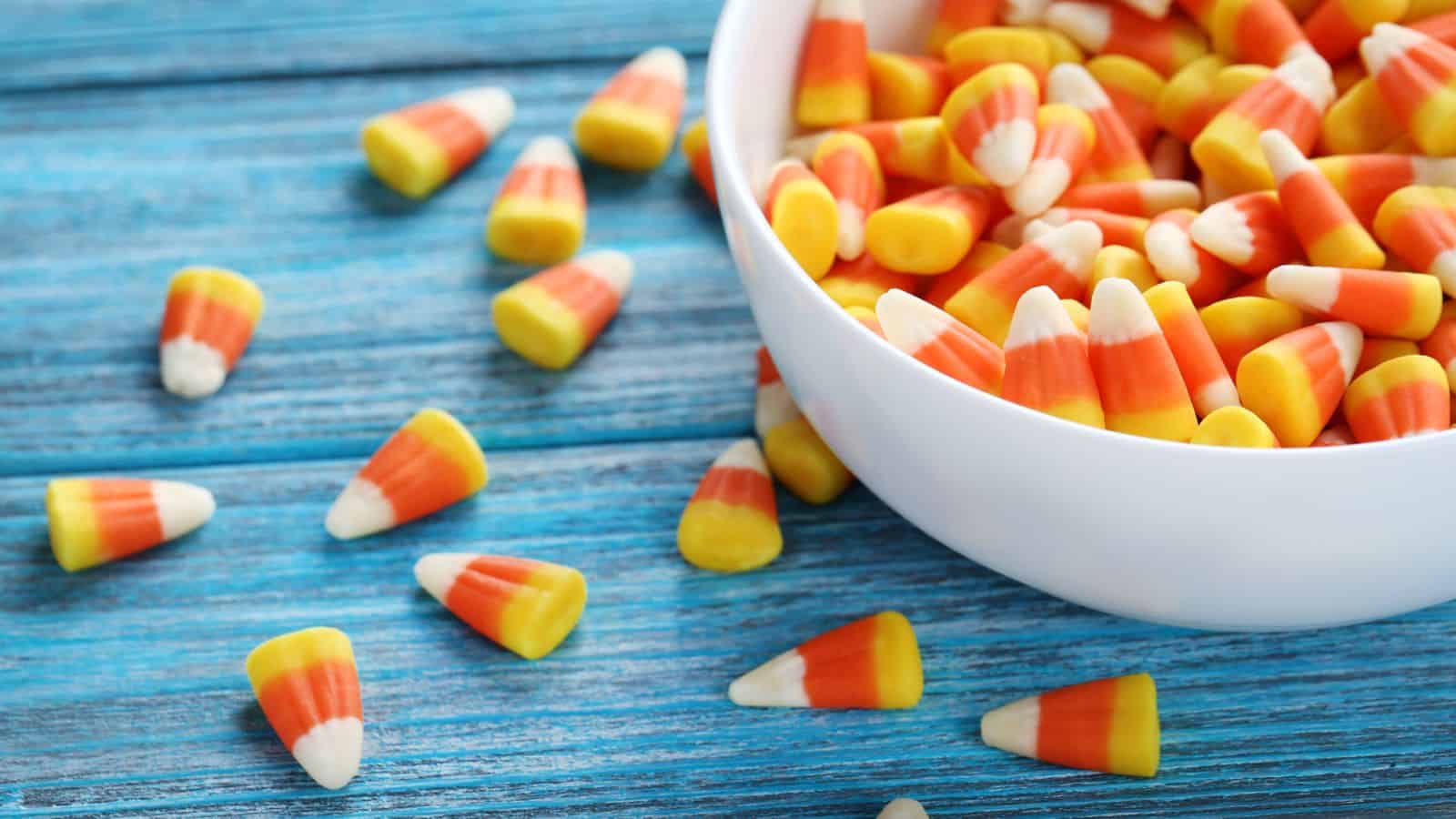
This yellow, orange, and white Halloween candy is a love-or-hate food even among Americans. The Houston Chronicle reports that a survey of adult Americans found that 48% hate the tricolor treat. It is most popular among children, who don’t mind the intense sweetness and false flavors. Most Europeans, in particular, prefer nut or chocolate-based candies.
Scrapple

Not many foreign visitors can cope with the idea of scrapple—boiled hog offal (head and other organs) boiled with the bones attached and then mushed up with dry cornmeal and broth. The final texture is best described as ‘congealed,’ with a robust peppery flavor. Honestly, it isn’t popular with most American diners, either!
Root Beer Float
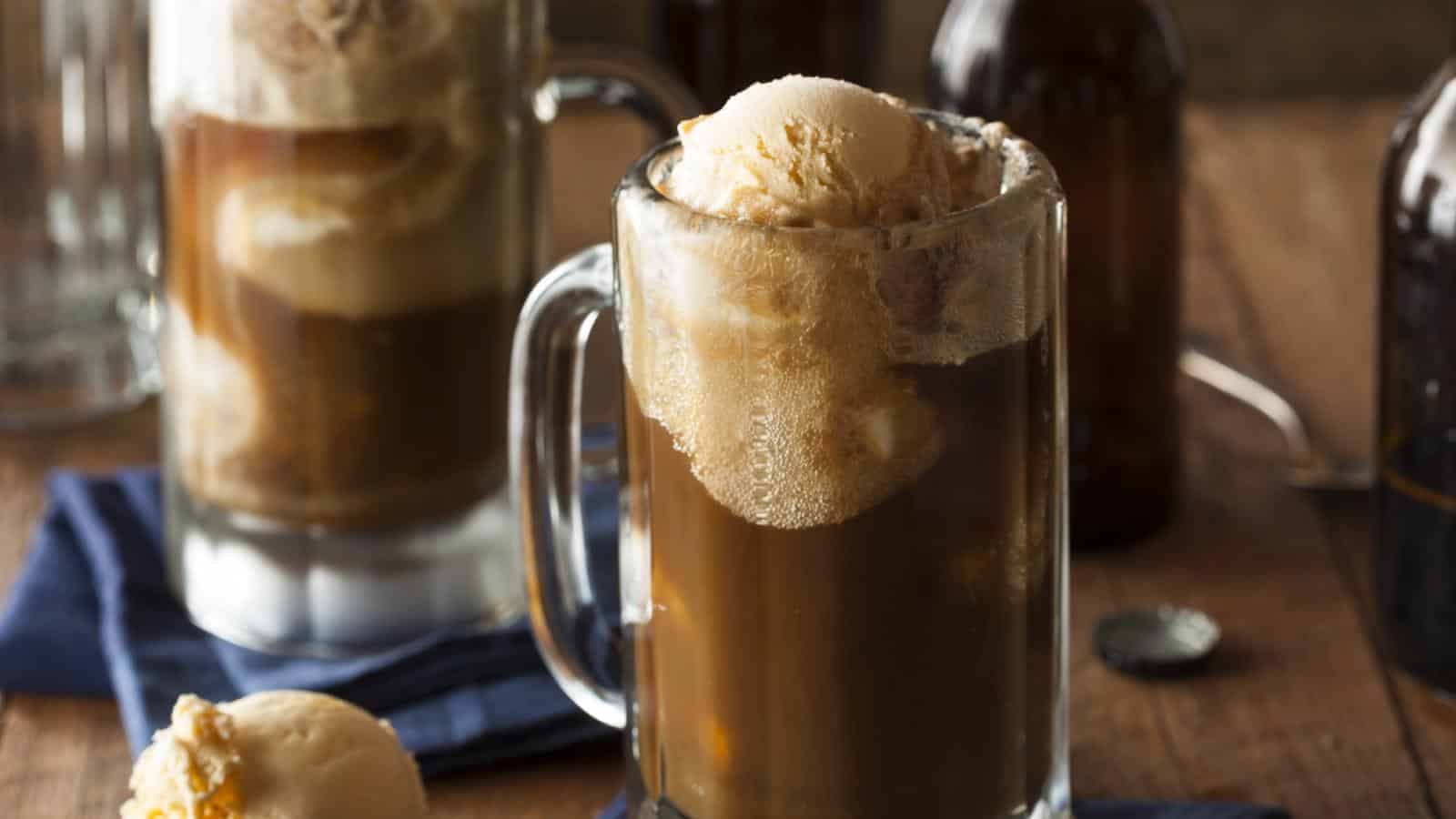
The idea of a float (a scoop of ice cream in soda) is universally liked, but the root beer itself is the problem for most foreigners. This non-alcoholic beer is made from sassafras, a strong root with an ‘acquired taste.’ Visitors who try the beverage often report that it’s medicinal or ‘tastes like mouthwash,’ although they’d enjoy the carbonated style and creaminess in an alternative flavor.
Chicken Fried Steak
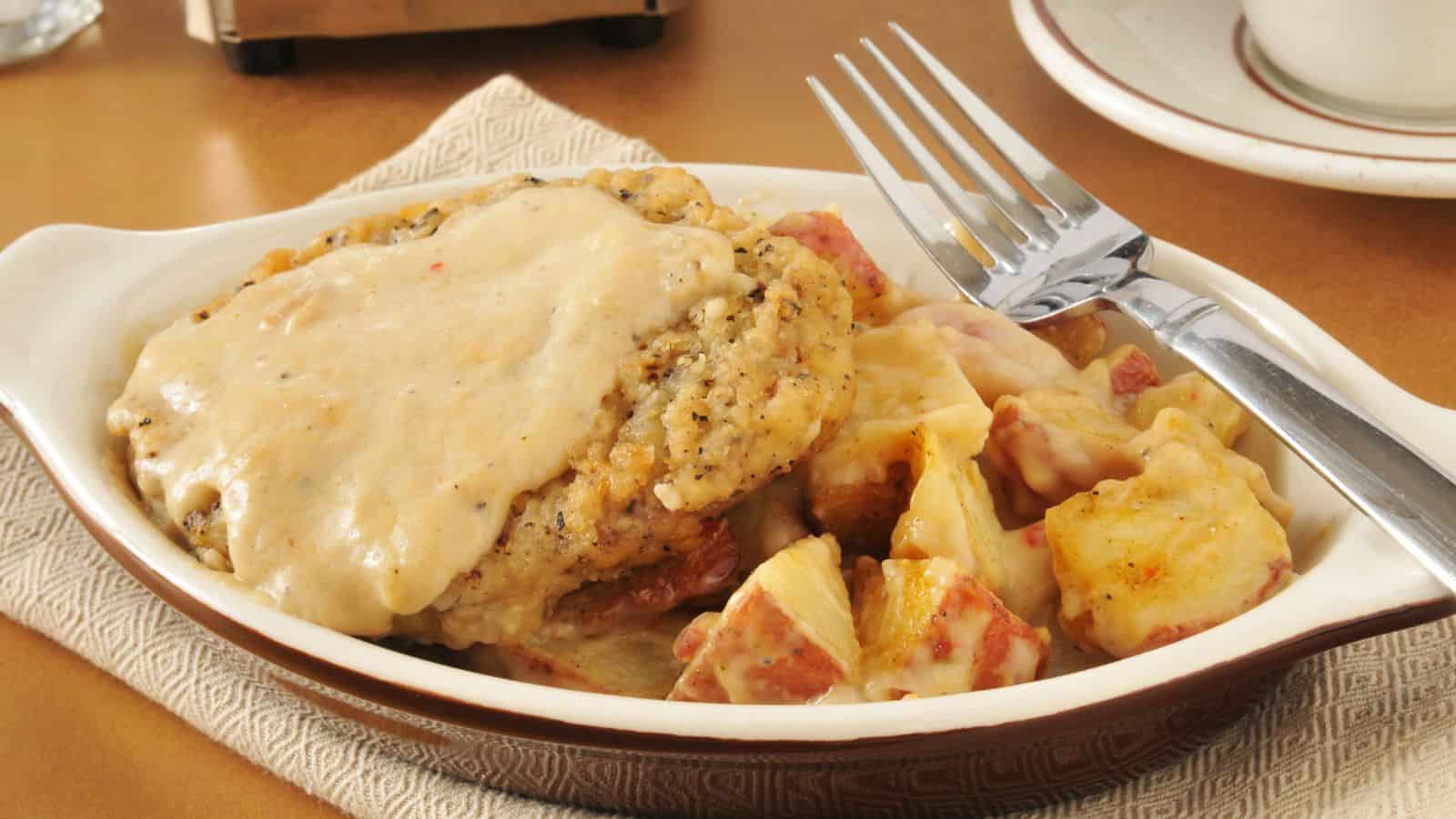
What do you do with the cheapest, least tender cuts of poultry meat? In the South, you take a low-grade chicken steak, tenderize it as much as you can, and then coat it in batter before deep frying it in oil. The result is sometimes described as chewy, greasy, and artery-clogging, with an unnecessary number of calories. Unsurprisingly, many visitors avoid it.
Sauerkraut Balls
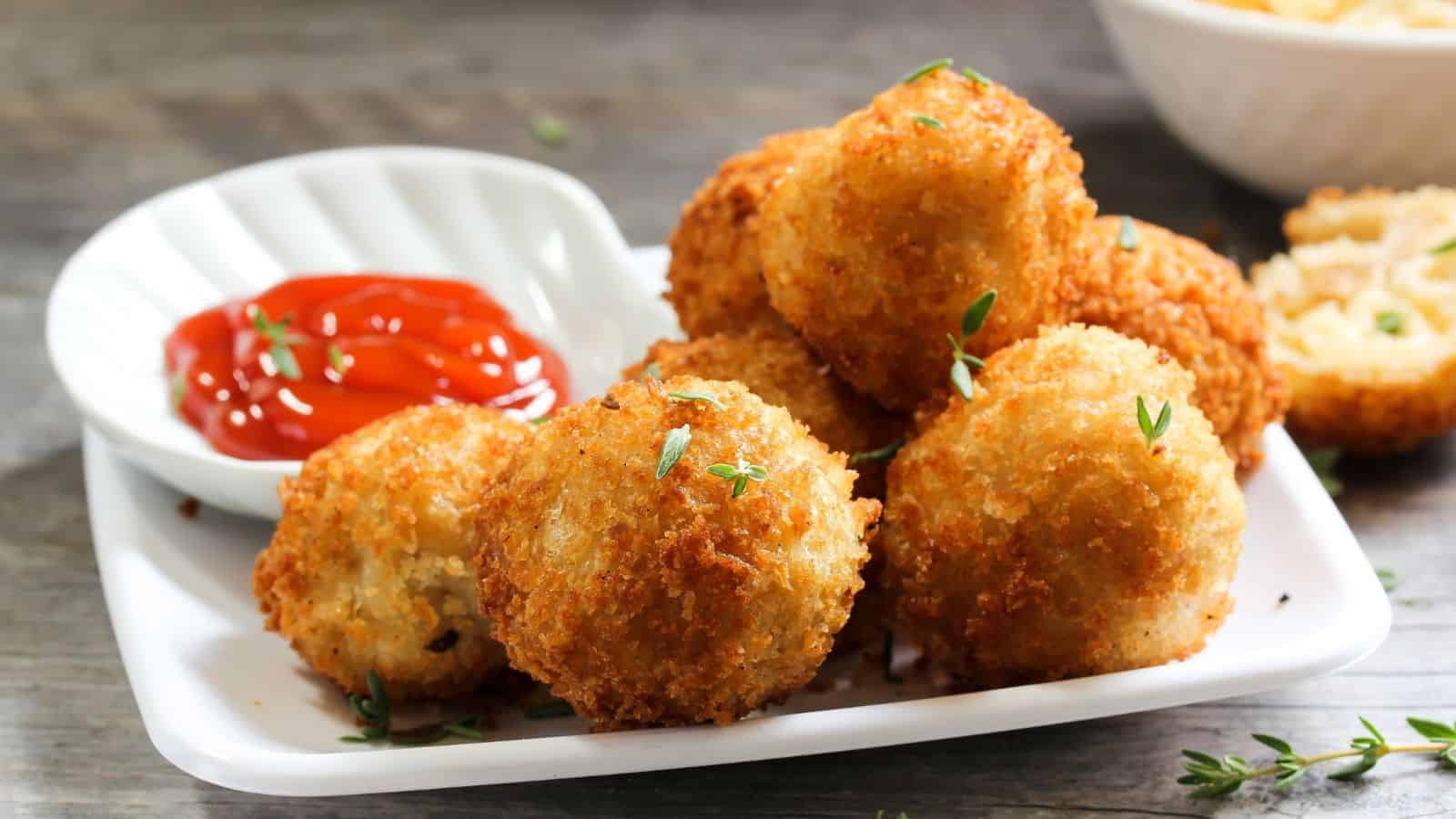
These bar snacks are deep-fried balls of fermented cabbage (German sauerkraut), chopped sausage, onions, and seasoning held together with a binding agent such as corn flour and then rolled in breadcrumbs. Like many unpopular American foods, they are deep-fried and have a strong flavor—too overwhelmingly sour and salty for the uninitiated!
Peeps

Unless you have an intense sweet tooth, these sugar-coated marshmallows may be too sugary and false-tasting. Traditionally eaten at Easter, USA Today states that chick or bunny-shaped ‘Peeps’ contain 34 grams of sugar per serving size of five candies. Many non-Americans shun them for more natural sweet treats, like those with real fruit, honey, or chocolate.
Corn Dogs
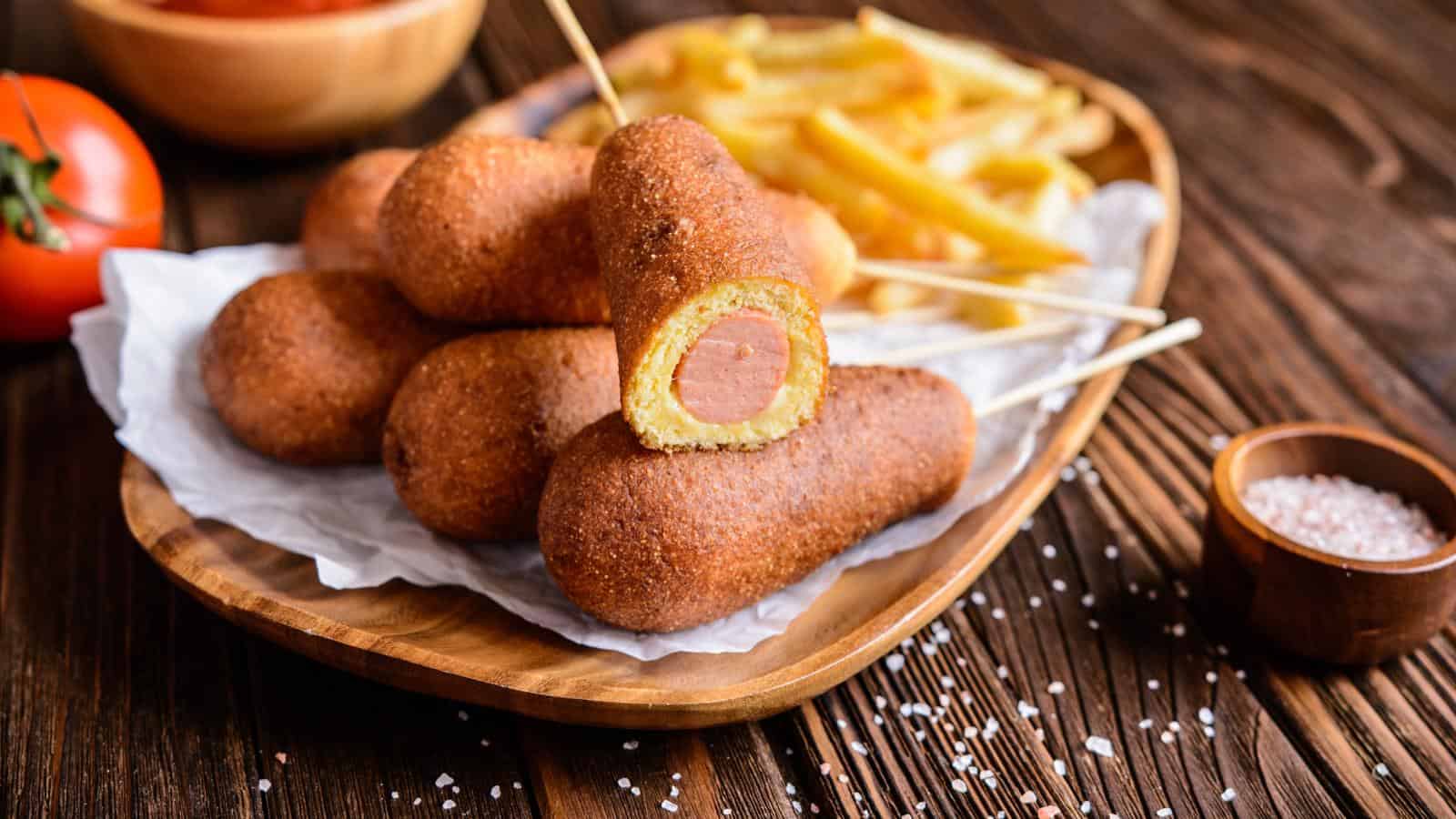
The problem with corndogs is two-fold; firstly, they’re made using the cheapest, most processed kind of sausages (bright red or pink frankfurters), and secondly, they are deep fried and served on a stick without any salad or vegetables to counteract all that oil. Many foreign cuisines have deep-fried and breaded meats, but they’re typically better quality and eaten with lighter accompaniments.
Fruitcake
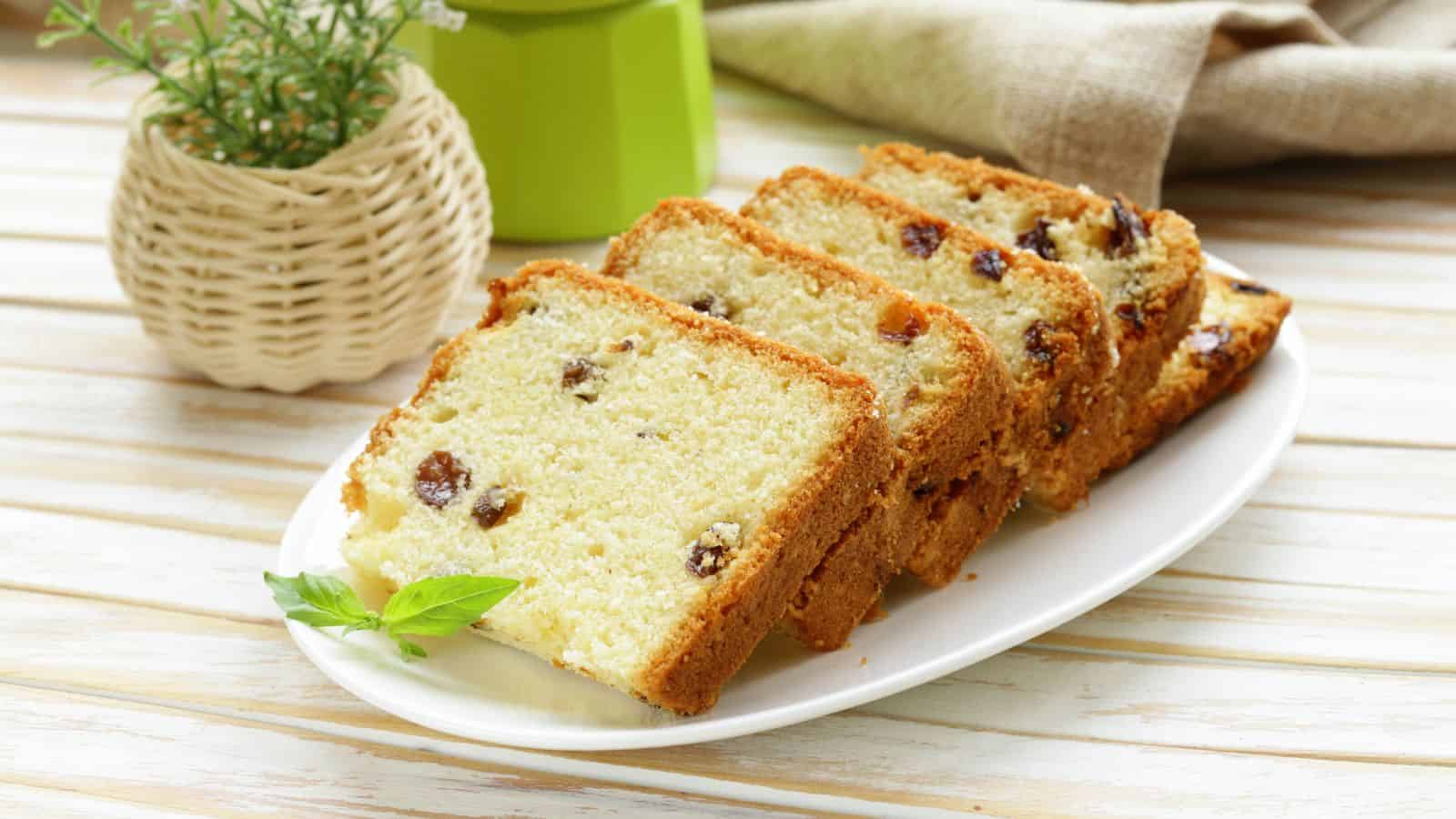
This dense cake might be familiar to British people, as it originated in the U.K. and is still eaten there, but other visitors often find it too rich. The cake is packed full of dried fruits and nuts, making for an overly sweet, decadent dessert that is heavy on the stomach. The addition of strong liqueur, like brandy, is also sometimes off-putting.
Chicken and Waffles with Syrup
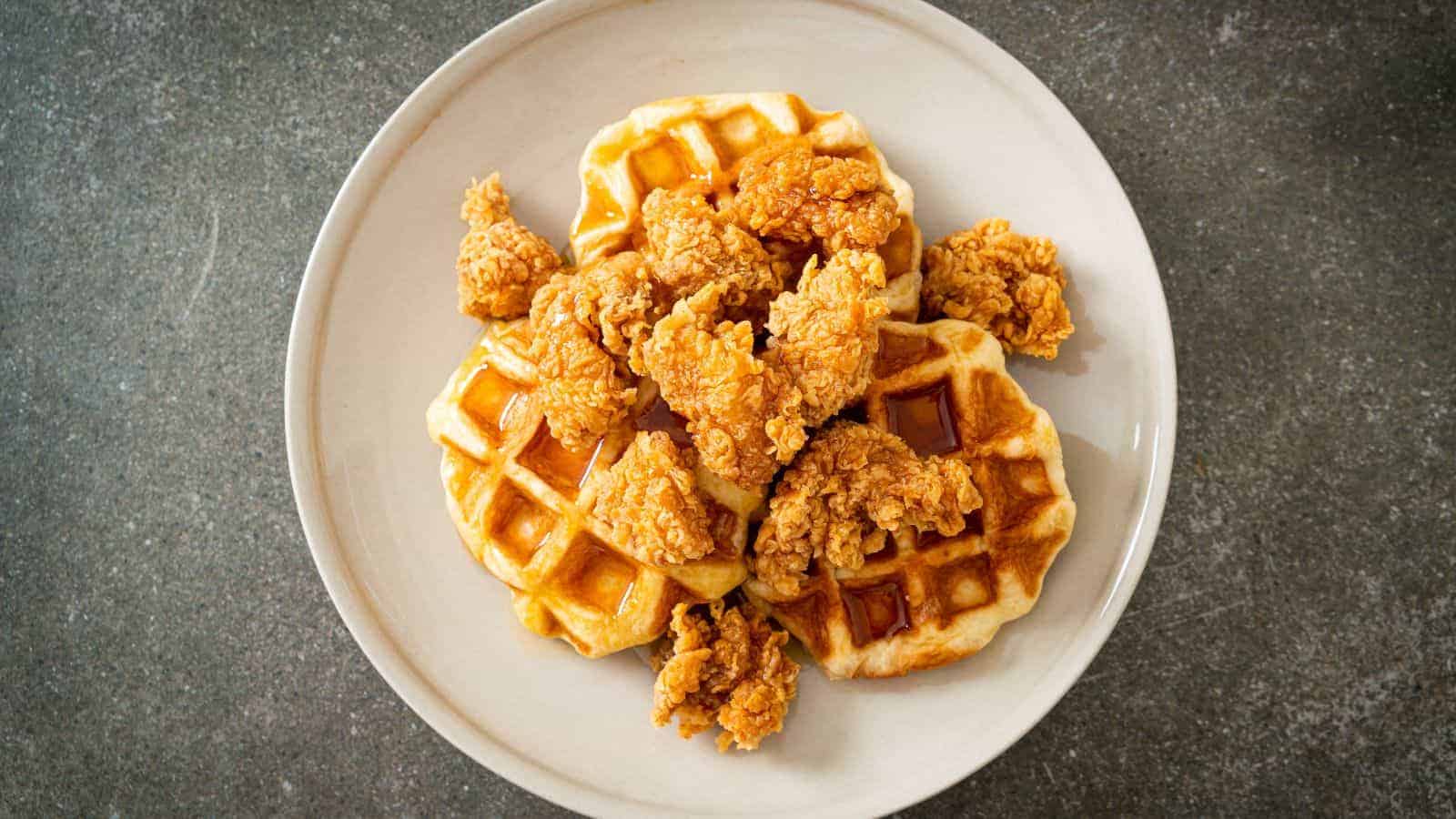
Chicken and waffles are already an odd combination for many non-Americans, but adding sweet maple syrup is a definite no-no. Most cultures don’t eat meat with excessively sweet glazes and don’t enjoy the combination of savory fried chicken, soft waffles, and maple-infused syrup, even if they enjoy each of these ingredients separately.
Up Next: 18 Worrying Facts About Life in Medieval Times

The Middle Ages, also known as the medieval period, lasted from 500 AD to 1500 AD and is usually subdivided into the Early, High, and Late Middle Ages. Life in the medieval period was often brutal, with gruesome punishments, wars, and plagues. Here are 18 terrifying facts about life in the medieval period.
18 Worrying Facts About Life in Medieval Times
19 Easy Ways to Fall Back Asleep After Waking Up in the Middle of the Night

We’ve all been there—it’s dark, quiet, and you’re tired, but you’re still constantly tossing and turning, only to finally fall asleep minutes before the alarm goes off! Waking up throughout the night isn’t just frustrating; it also seriously impacts your energy levels. This article focuses on 19 scientifically proven methods that may help you drift back off more easily.
19 Easy Ways to Fall Back Asleep After Waking Up in the Middle of the Night
17 Things That Are Too Woke For Boomers

Our society is so different from what it was decades ago, and boomers don’t like much of what everyone considers normal in today’s society. In this light, here are 17 things about ‘woke culture’ that particularly make boomers uncomfortable.
